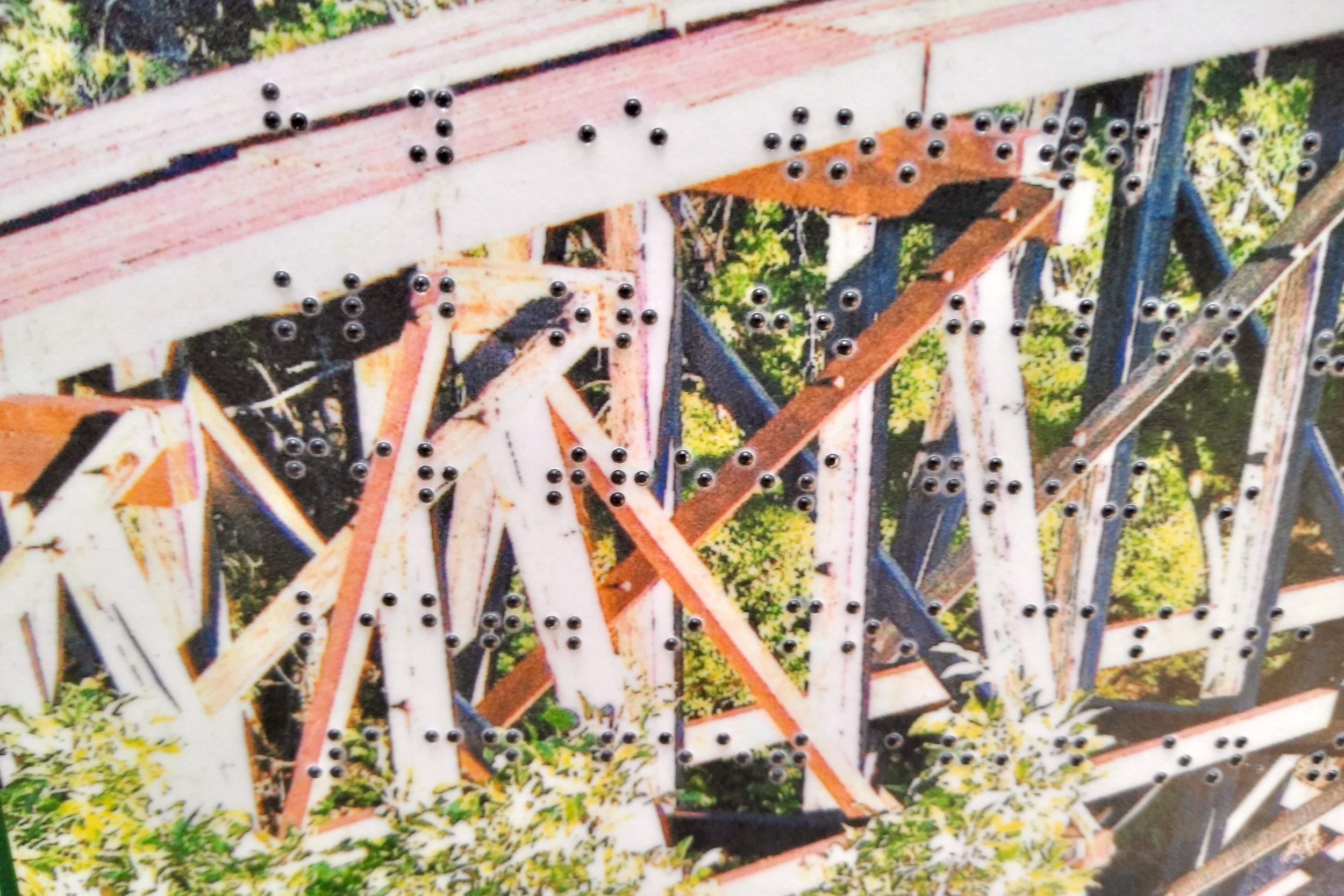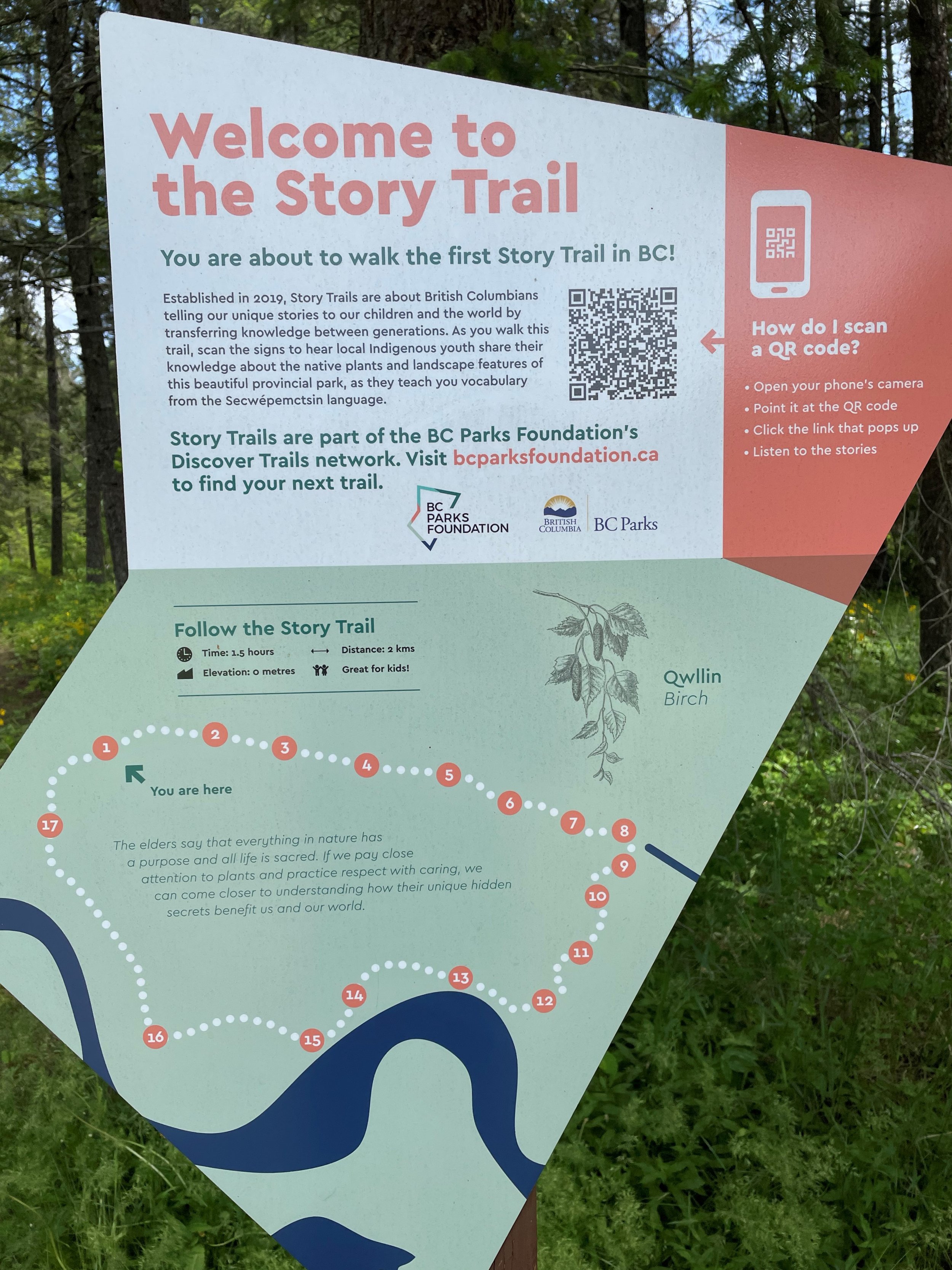A very happy 2024 to everyone and thanks for staying connected to EID. Jeanette Watts never stops dancing and has kindly provided us with the first post of 2024 focusing on utilizing dance in the interpretive space. Jeanette teaches dance and conducts balls covering the Renaissance to the 1960s. She has worked as an adjunct professor at Sinclair College in Ohio, as a guest lecturer at Wright State University, and leads workshops at museums and historic recognition sites throughout the United States. We hope you enjoy her perspective and now, put on your dancing shoes and take it away Jeanette.
******************************************************************************************************************
(Catch the first 30 seconds of the dancers entering the historic Kelton House in Columbus, Ohio. Video Courtesty of Jeanette Watts.)
Why do people come to museums, parks, gardens, and historical sites? I think they come to be connected, not to be educated. They are looking for clarity, inspiration or some other instinctive self-care, curiosity, and even mental health maintenance. We, as interpreters, are muses, sages, and care-givers. It is a lot of responsibility, but a task we relish, because providing inspiration and expressing joy, beauty, and understanding of a place is part of our job.
There are many tools in our tool chest to provoke greater understandings and deeper feelings of a site to visitors. But with all the different ways we can use the written and spoken word to connect to the lives of visitors, rarely do we offer the kinesthetic mode to engage with the site to create a more immersive and interactive experience. In short, we do not provoke them into dancing.
The author teaching fourth grade classes at Historic Latta, Huntersville, North Carolina. Photo Courtesy of Jeanette Watts.
First of all, let’s define the term “dance.” The vast majority of the people I talk to say “Oh, I can’t dance.” This is nothing short of tragic. Dancing is not complicated. It is simply moving rhythmically, usually to music. When you hold a baby, humming and swaying back and forth, you are, in effect, dancing. Small children jumping up and down while watching television or listening to Spotify are dancing. Wriggling in time to the music playing over the sound system while you are waiting in line at the grocery store is dancing.
The author at her local library. Photo Courtesy of Jeanette Watts.
Introducing dance at our sites is a powerful way to channel the visitors’ innate human responses. Visitors arrive already dancing inside their bodies with anticipation. Unleashing this energy of excitement by turning an unchanneled visceral response into movements intimately connected to this particular place bonds the visitors of the present to the experiences and people of the past.
Dance at Plantation, Trinidad, 1836 – Clourtesy of Slavery Images, slaveryimages.org
At a time before sports, dancing was America’s original favorite pastime and played a hugely important role in our history. While our founding fathers and mothers plowed and churned butter, they were thinking about what they would wear to the next dance and spent evenings practicing their dance moves. When enslaved peoples on American plantations were forbidden from making drums, they beat out the percussion on their own bodies and continued to dance.
Dance at the Plantation – Clourtesy of Slavery Images, slaveryimages.org
Every immigrant to reach the North American shores brought their dance forms with them. Every Native American already living on the continent practiced a dance form. In fact, the first Virginia colonists documented the similarities between the European hornpipes and Morris dances and the dances of the Indigenous Peoples. Connecting with each other while connecting with the people who forged who we are as a country creates an emotional bond with our past that can transcend the understanding we get from seeing and handling artifacts. (Check out the first 90 seconds of this lively event in Williamsburg, Virginia.)
Dancing means experiencing the past together. Engaging in this visceral, immersive experience allows visitors to truly feel the inner passions of the people who fought in the battle, lived in the home, or worked in the building. When we blend our bodies and lives together with the heritage site, we become part of it. Offering dances from the 16th & 17th century at a colonial site, 19th Century dances at an American Civil War site, popular dances from the year a state entered the Union or when a country gained its freedom connect the visitor and forebearer – perhaps a way to form a more perfect union.
An evening soiree after a day of classes turned the dancers into the honored guests of Kelton Housein Columbus, Ohio. Photo courtesy of Kelton House: Photographer James Novotny
Not all sites require dancing, and all sites where dancing is appropriate will have a different dance that is appropriate. Out west, Fort Laramie threw fort hops in the 1890s; in neighboring Little Big Horn it would be far more appropriate to have visitors dancing Lakota and Cheyenne dances - provided local Lakota and Cheyenne tribes deem it appropriate to share their dances with visitors.
What about museums? Art museums are filled with galleries from our past, present, and future. In a portrait gallery, we look into the faces of people with funny clothes and hairdos. What did a person think and feel? Participating in the dances of their time gives us a clue. No doubt they too liked to dress up and bust a move just as much as any teenager today exchanging dance moves on TikTok. Galleries filled with modern art can just as easily be illuminated with modern music that echoes the emotions given form on the walls, and dances that flow with the music complete the understanding. After all, dance is music given form.
The author (in the bright blue dress) calling at the Cincinnati Art Museum. Photo Courtesyof Jeanette Watts.
When I visited Kilauea on the Big Island in Hawai’i, the most amazing part of the trip was going at night to the observation deck. After about an hour of watching the molten lava, a Native Hawai’ian joined us and began singing. I don’t know if it was a prayer to Pele or to another of the Hawai’ian pantheons, but that evening the spiritual enrichment of that moment transcended any language barrier. I had learned hulas in the past that were prayers to Pele and Hi’iaka, but until that moment under a starry sky, looking at the volcano in front of me, I never understood the close connection between dancing the hula and that prayer. Now, wherever I go, I take the volcano with me in my heart and in my body – we are connected.
Kilauea Volcano, Hawai’i Courtesy of USGS.
People need and seek out emotional connections. I strongly believe dancing helps create emotional connections with other people and with places. Strangers and family members create connections through the joy and beauty in movement and dance that connects to the site. When visitors feel connected to a site they become invested in it. When a site enters your heart, it changes you for the better…Forever.
Dancers in Nahant, Massachusetts find out what it’s like to enter the past. Photo Couresty of Jeanette Watts.
And that, in essence, is what every interpreter hopes to do – to change people’s lives for the better. Our heritage sites could excel at enriching a visitor’s experience through dancing. Interpretive heritage sites have the space, they have the means, and all that is left is to create the right dances for the site. When visitors dance there is connection with land, place, history, heritage, and with others. Most important, there’s a deeper connection with self. Is your site ready to point visitors to the dance floor? I, for one, can’t wait for the music to begin.
(Take a closer look at the amazing dress that Jeanette is wearing with a “behind the scenes” video of how it is constructed.)
If you would like to find out more about what Jeanette is doing with dance please visit her website and her YouTube Channel History is My Playground. You can also contact Jeanette at Jeanette@Wattses.com. As always, please send us any comments you might want to share about this blog post or any others…and thanks Jeanette for this inspiring post on dance.



























































































































